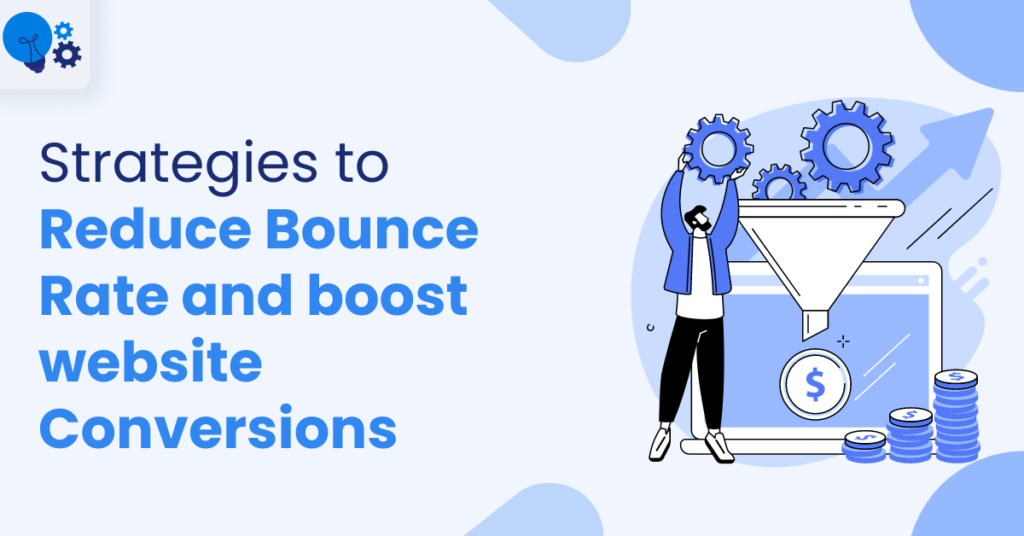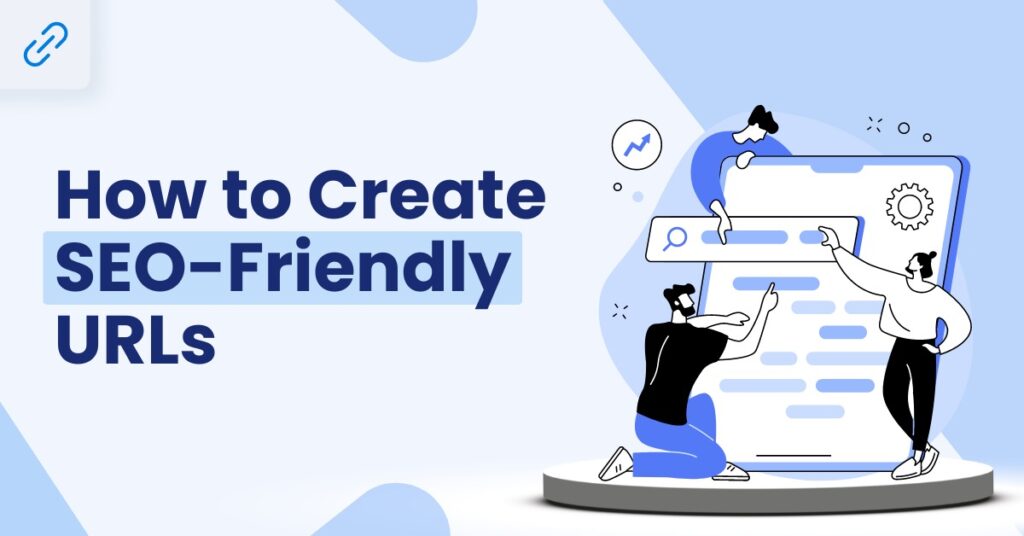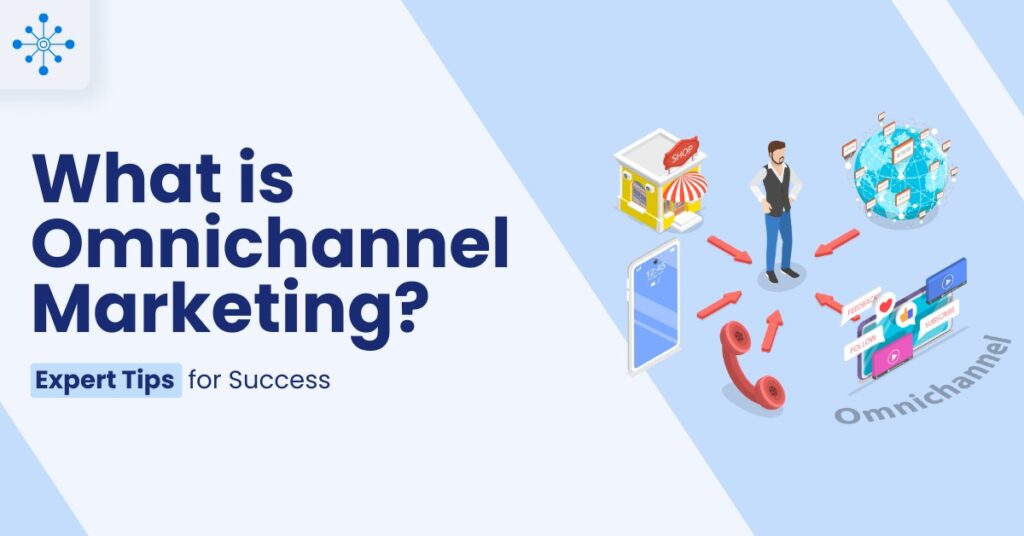Website development plays a crucial role in enhancing the functionality and user experience of your e-commerce website, ultimately driving sales. An E-commerce website needs to be visually appealing, easy to navigate, and trustworthy to attract retain customers. That’s where website development comes in. Find out how it can help you boost your online sales in our latest blog post.
What is Web Development?
Web Development refers to the process of creating and building web applications and websites. It involves the use of various programming languages, frameworks, and tools to design, develop, and maintain the structure, functionality, and visual elements of a website.
What is E-Commerce Web Development?
E-commerce web development refers to the process of creating and building websites or web applications specifically designed for conducting online business and facilitating electronic transactions. It focuses on developing the necessary features and functionalities that enable businesses to sell products or services online, process payments securely, and provide a seamless shopping experience for customers.
Components of E-Commerce Web Development
E-commerce web development involves various components and considerations, including :
Online Catalog:
Developing an organised and user-friendly product catalogue that showcases the available products or services. This includes categorization, product descriptions, images, pricing and other relevant details.
Shopping Cart:
Implementing a shopping cart system that allows customers to select and add products to their cart, modify quantities, and proceed to the checkout process.
Payment Integration:
Integrating secure payment gateways to facilitate online transactions and ensure the safe processing of customer payments. This involves integrating with popular payment providers, such as PayPal, Stripe, or Braintree, to handle credit card transactions, online wallets, and other payment methods.
Order Management:
Implementing functionalities to manage orders, including order tracking, order history, shipping details, and order confirmation notifications.
User Account and Registration :
Creating user account functionality that allows customers to register, log in, and manage their profiles. This may include features like order history, saved addresses, wishlists, and personalized recommendations.
Inventory Management:
Developing inventory management systems to track product availability, manage stock levels, and provide real-time updates to customers regarding product availability.
Security and Trust :
Implementing security measures, such as SSL certificates, encryption protocols, and secure user authentication, to ensure the protection of customer data and build trust in the online shopping experience.
Mobile Responsiveness:
Optimizing the e-commerce website for mobile devices to provide a seamless and user-friendly experience for customers accessing the site through smartphones and tablets.
Search Engine Optimisation (SEO):
Incorporating SEO best practices to improve the website’s visibility in search engine rankings and attract organic traffic. This includes optimizing product pages, URLs, meta tags, and implementing site structure and navigation that are search engine friendly.
Analytics and Reporting:
Integrating web analytics tools, such as Google Analytics, to track website performance, customer behaviour, conversion rates, and other key metrics. This data helps in analyzing and optimising the e-commerce website’s performance and marketing strategies.
Tips to Improve E-commerce Business with Web Development
Improving an e-commerce business through web development involves implementing strategies that enhance the website’s functionality, user experience, and overall performance. Here are some tips to help you improve your e-commerce business with web development:
Optimize Website Speed:
Improve the loading speed of your website by optimizing images, minimizing code, and utilizing caching techniques. A fast-loading website reduces bounce rate and improves user experience.
Mobile Responsiveness:
Your website should be fully optimized for mobile devices. Mobile commerce is on the rise, and having a responsive design will provide a seamless experience for mobile users, leading to higher conversions.
Streamline the Checkout Process:
Shorten the checkout process to reduce cart abandonment rates. Implement a user-friendly and intuitive interface, offer guest checkout options, and minimize the number of steps required to complete a purchase.
Implement Secure Payment Options:
Integrate trusted and secure payment gateways to build customer trust and increase conversions. Display security badges and SSL certificates to assure customers that their transactions are protected.
Personalization and Recommendation Engines:
Utilize web development techniques to implement personalized product recommendations based on user behaviour and preferences. This can increase cross-selling and upselling opportunities and enhance the overall user experience.
Implement Search Functionality:
Enhance the search functionality on your website to ensure users can easily find the products. Implement filters, sorting options, and auto-complete suggestions to improve search accuracy and user convenience.
User-Generated Content and Reviews:
Incorporate features that allow customers to leave reviews and ratings for products. User-generated content adds social proof and helps build trust among potential buyers.
Integrate Social Media and Sharing Options:
Make it easy to share your products on social media platforms by integrating social sharing buttons. This can help to drive traffic and increase brand visibility.
Implement Analytics and Tracking:
Integrate web analytic tools, such as Google Analytics, to track user behaviour, conversion rates, and other key metrics. Analyzing this data will provide insights for optimising your website and marketing strategies.
Continuous Testing and Optimisation:
Regularly test different elements of your website, such as page layouts, call-to-action buttons, and product descriptions, to identify areas for improvement. A/B testing and user feedback can help to optimise the website for user satisfaction and better performance.
Web Development plays an important role in improving an e-commerce business by enhancing user experience, optimising mobile devices, ensuring secure transactions, enabling customisation and personalisation, and facilitating data analysis and insights. By leveraging web development effectively, businesses can drive sales, increase customer satisfaction, and achieve sustainable growth in the competitive e-commerce landscape.
Gravitas Consulting is a leading lead generation and digital marketing agency in Hyderabad, which can help you to build a website for your business that helps your potential clients the opportunity to learn about your offerings.
Ready to transform your online presence? Reach out to us at [email protected] to elevate your digital success. As a comprehensive digital marketing agency, we’re here to guide your business to new heights. Let’s embark on this journey together and redefine your marketing strategy for lasting online triumph. Stay updated on the latest in digital marketing by continuing to explore our blogs.












